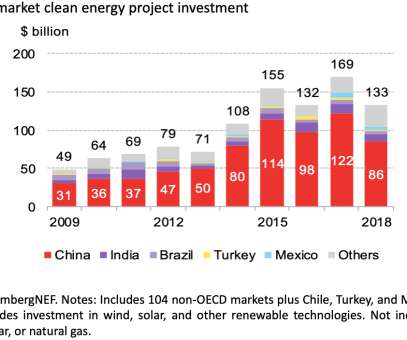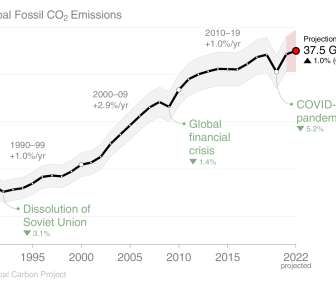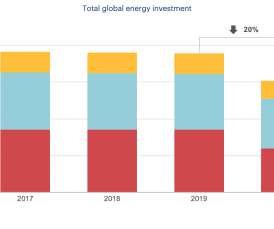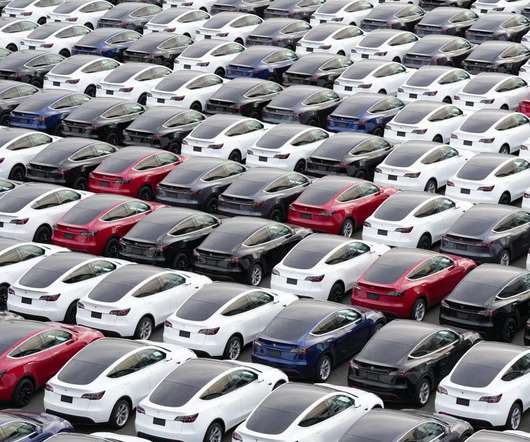BloombergNEF: clean energy investment in developing nations slumps as financing in China slows; coal burn surges to record high
Green Car Congress
NOVEMBER 26, 2019
New investment in wind, solar, and other clean energy projects in developing nations dropped sharply in 2018, largely due to a slowdown in China. The findings suggest that developing nations are moving toward cleaner power but not nearly fast enough to limit global CO 2 emissions. The decline was not confined to China, however.































Let's personalize your content